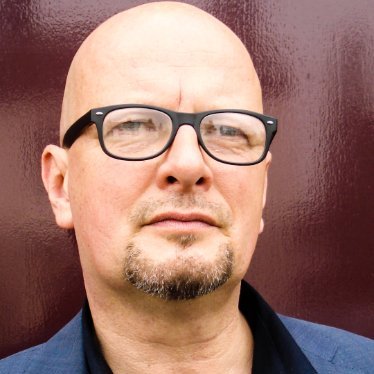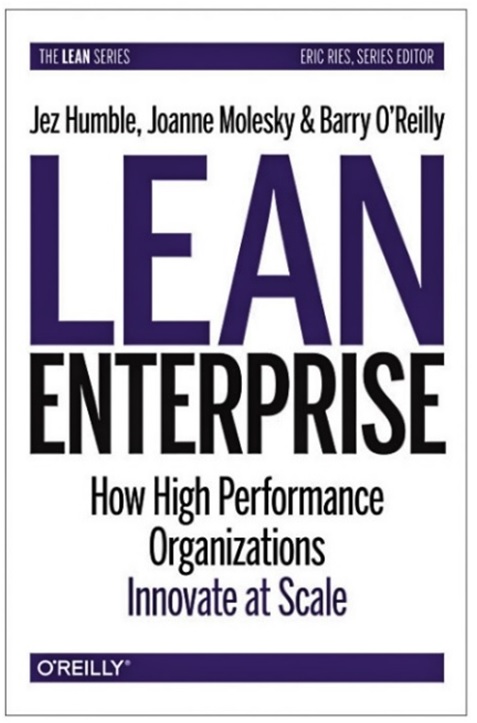APPLYING INNOVATION – YOUR PERMANENT BUSINESS BEAUTY CONTEST
January 28, 2016
What is innovation? Is there a right time for innovation?
To put it simply, innovation is continuous renewal. It’s about finding, creating, and utilizing better ways to expand your business model, to grow your operational excellence, and to optimize customer intimacy.
Hear our experts, Frank Wammes – Chief Technology Officer, Continental Europe- Capgemini, and Jaap Bloem, Principal Analyst- Sogeti share their insights on how and when innovation should be applied.
more–>


JAAP: Hi Frank. Innovation keeps topping the charts. I don’t know if the holiday season makes a difference but 13 pages long the Harvard Business Review tries to explain when it’s time for companies to reinvent themselves. Their article in the December 2015 issue “Knowing When to Reinvent” features examples from Nestlé, Adobe, Xerox, Netflix and Aetna. As a CTO and industry consulting veteran, what is your take on innovation these days?
FRANK: Innovation is all about continuous renewal. A most practical thing! It’s about finding, creating, and utilizing better ways to expand your business model, to grow your operational excellence, and to optimize customer intimacy. Innovation in terms of continuous renewal indeed is a continuous beauty contest to amaze the outside world, to build credibility, and to reflect on self-consciousness. Everything comes down to putting the 4 T’s to work: Transforming Transport and Trade – of goods, information, and everything in between; atop and underneath – with Technology of all kinds.
JAAP: I agree. Once upon a time, you were a grocery, a government, a bicycle repair shop, a newspaper, a teacher, an engineer, an accountant, a physician, a bank, an insurance company, an army, a music label, a car maker, or whatever. It was quite clear what your professional role meant in relation to others – to other roles, to other people, and to other organizations. Staying on the job as a dedicated practitioner and consciously moving with the times in terms of skills, machines, and techniques would have you a life long occupied, and your experience, products and services would remain most valuable. Those days are gone!
FRANK: Today, all knowledge, frameworks and worksheets are out on the Internet as are any conceivable necessary and desirable free and easy-to-use supporting applications. Business structures are readily available as web service packages, while sensor and app laden smart devices as well as cloud services assist people 24/7. They take over functions like talking, monitoring, understanding and anticipating, blending human and artificial intelligence.
Every part of life, every industry and business ecosystem is humming with ever newer, faster and smarter digital dynamics. The building blocks and business templates are being designed and developed for you by startups and so-called unicorns. Traditional businesses just need to follow suit, like for instance General Electric, the company that has declared itself to be the biggest startup ever by adopting FastWorks, a set of techniques, based upon and guided by Lean Startup guru Eric Ries himself.
JAAP: Go kick in, and disrupt. Dare to dream and do it! That’s the bottom line of today’s entrepreneurial attitude: playful, open, direct, collective and continuous. Innovation has become childishly practical – at least the ways we these days talk about it – judging by the success of impactful disrupters. Lessons can be taken from The Billion Dollar Startup Club of The Wall Street Journal and Dow Jones VentureSource:
Besides such open-book wisdom there are books that can and even must be judged by their cover, especially when the message on it changed in the process towards publication. A famous example is one of the bestsellers in Eric Ries’s O’Reilly Lean Series that saw the light in December 2014. Its main title simply reads “Lean Enterprise.”
FRANK: Central to the point we want to make is the message in the two subtitles which is sort of a minimal viable Q&A. Today, even wannabe High Performance Organizations Innovate by Adopting Continuous Delivery, DevOps, and Lean Startup at Scale, period! My take: ground breaking thought should come in two book covers with subtitles that illuminate each other.
Indeed, you just read the new definition of business innovation itself. Eric Ries published the book on startuply lean in 2011[1], at the age of 33. Not convinced of the value? Mr Ries helped General Electric become the Biggest Startup ever[2] via “FastWorks,” just another “technique” as it is called. The method was exposed to everyone in the April 2014 Harvard Business Review[3]. Now, that’s not an April fool’s joke – any organization can and should embrace Lean, Agile, DevOps, and the like . . .
JAAP: Co-author Barry O’Reilly explains why it is so hard to embrace a culture of continuous experimentation and learning, to transform your business to an adaptable Lean Enterprise by quoting the Economist Intelligent Unit’s answer: “the main obstacles to improved business responsiveness are slow decision-making, conflicting departmental goals and priorities, risk-averse cultures and silo-based information.[4] [5]” And then there is Digital Disruption . . .
Gartner predicts that most organizations in 2017 will have implemented a two-speed strategy for working with digital technologies. It has everything to do with leveraging ongoing Digital Disruption. Think of APIs, apps and digital platforms; think of big data, cloud and analytics. All of this you must do yourself because it determines your competitive edge, and the agility of your business.
FRANK: Over time, we have become familiar with the digital technology angle and focus that is supposed to say it all: Business Technology (BT). BT is not so much about replacing IT; instead this “undichotomy” reflects the two-speed paradigm related to the disruptive potential of digital technology that organizations should fully and continuously leverage.
JAAP: Any kind of overengineering should be abolished through “Agile”, “Lean”, and MVPs: “Minimal Viable Products”. These notions are at the core of modern IT approaches, and equally apply to business environments that all must iterate from IT to BT in order to foster and harness competitive advantage.
FRANK: Two-speed digital business technology is all a matter of Designing to Disupt, or Daring to Dream. Realizing business dreams requires abolishing former overengineering practices, and having business development and your operations organized and function as one – physically and digitally. We used to call this “Alignment” but that is far too reactively and weakly put. Therefore new idioms and semantics have emerged: on both the IT side and the BT side should development (Dev) and operations (Ops) interact as a well-oiled machine. That’s the rationale behind DevOps: lean en agile!
JAAP: This in short is the roadmap for today’s inventive entrepreneurship and delivery. Knowledge and innovation centers have been supplanted by co-creation labs, while applying innovation, or continuous renewal, has become the ongoing business beauty contest.
FRANK: Correct, and in addition there is this IOT Innovation of Technology taking place: the marriage of Information Technology, Operational Technology, and the Internet Of Things. We have begun calling this the IOT Tech Triad, and it sure needs dedicated attention from C-level executives and Lean Enterprise Architects.
JAAP: What we’re seeing already Frank, is that CIO’s and CTO’s alike are ever more acting as the company Chiefs who step up to the tasks that come with this threefold Innovation Of Technology. How they go about doing this will be discussed in a next episode of our Capgemini podcast series.
Listen to the full podcast here: 
References:
[1] http://www.gereports.com/post/82723688100/the-biggest-startup-eric-ries-and-ge-team-up-to
[1] https://hbr.org/2014/04/how-ge-applies-lean-startup-practices
[1] http://www.emc.com/collateral/leadership/organisational-agility-230309.pdf
[1] http://www.slideshare.net/barryoreilly/lean-enterprise-36700676

 English | EN
English | EN 


